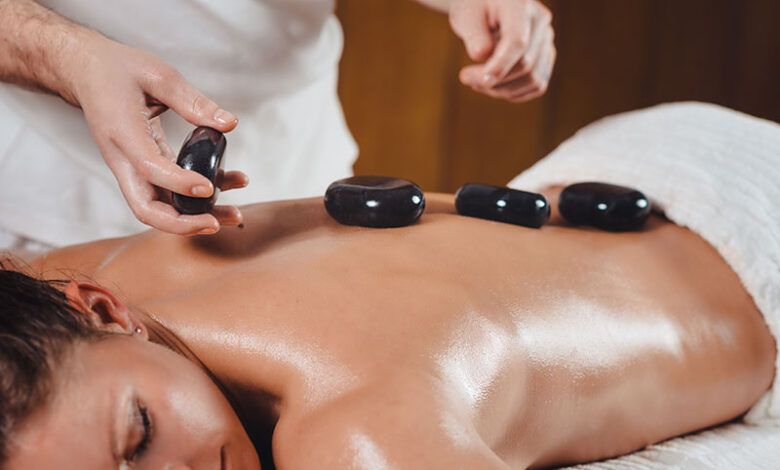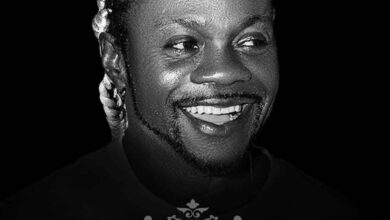Why Massage is the Cornerstone of Modern Wellness

In a world that constantly demands more, stress and fatigue have become common experiences. The fast pace of daily life, from long work hours to digital overload, leaves many people in search of practical ways to maintain physical and mental balance. Increasingly, people are turning to massage therapy not only for relaxation but as a key component of their wellness routine.
Understanding the Rise of Massage Therapy
Massage has long been a part of various cultures as a means of healing. Today, modern science supports what traditional practices have known for centuries. Massage therapy helps release muscle tension, improve circulation, and reduce stress. These benefits extend far beyond temporary relief and play a crucial role in preventive health.
As more people begin to prioritize self-care, massage therapy has evolved into a mainstream wellness tool. From corporate executives to fitness enthusiasts, a wide range of individuals now incorporate massage into their health regimen. This increased interest has fueled the growth of the wellness industry, including specialized services offered through dedicated platforms like an 오피사이트.
Physiological Benefits of Massage
One of the primary physical benefits of massage is improved blood circulation. With better blood flow, oxygen and nutrients are delivered more efficiently throughout the body. This helps muscles recover faster after exercise or injury and supports cellular regeneration.
Another key benefit is the stimulation of the lymphatic system. The lymphatic system plays an essential role in detoxifying the body. Through targeted massage techniques, therapists help move lymph fluid, which enhances immune function and reduces inflammation.
Muscle relaxation is not just about comfort. Chronic tension can lead to imbalances in posture, joint function, and even organ health. Regular massage sessions loosen tight muscles and restore alignment. Whether it is a deep tissue massage or a gentler Swedish method, the end result is improved flexibility and reduced physical discomfort.
Mental and Emotional Well-being
Massage therapy is not just a physical remedy. It is also a powerful tool for emotional health. When we experience stress, the body releases cortisol, the hormone responsible for our “fight or flight” response. Elevated cortisol levels can lead to anxiety, insomnia, and weight gain.
Massage has been shown to reduce cortisol levels while increasing serotonin and dopamine, neurotransmitters associated with happiness and relaxation. These hormonal changes result in a calmer mind, improved sleep, and an overall sense of emotional well-being.
Incorporating regular massage into your routine is one way to maintain psychological balance. It is not uncommon for people to report feeling more present, mindful, and emotionally grounded after a massage session. In this sense, massage therapy serves as a bridge between physical care and mental resilience.
The Role of Massage in Preventive Health
Preventive health is all about taking proactive measures to avoid illness before it starts. Massage therapy aligns perfectly with this philosophy. By improving circulation, reducing stress, and supporting the immune system, massage helps the body maintain a state of equilibrium.
People who receive regular massages often report fewer aches, reduced anxiety, and increased energy. Some even notice improvements in digestion, skin tone, and sleep patterns. These outcomes contribute to long-term health and minimize the need for reactive medical interventions.
Massage is also an excellent complement to other forms of self-care. It pairs well with chiropractic care, yoga, meditation, and nutritional therapy. When used together, these practices create a comprehensive wellness strategy that supports all aspects of health.
Finding the Right Massage for You
With so many types of massage available, it is important to choose one that suits your individual needs. Here are some popular options:
- Swedish Massage: Gentle, relaxing strokes designed to calm the nervous system.
- Deep Tissue Massage: Focuses on deeper layers of muscle tissue to relieve chronic tension.
- Shiatsu: A Japanese technique that uses finger pressure to restore energy balance.
- Thai Massage: Combines acupressure with yoga-like stretching for increased flexibility.
- Aromatherapy Massage: Uses essential oils to enhance physical and emotional healing.
Each type of massage offers unique benefits, and it may take some experimentation to find the right match. When exploring your options, always choose a licensed professional who tailors the session to your goals and comfort level.
Digital Platforms and the Future of Massage
As with many wellness services, massage therapy is becoming more accessible thanks to digital platforms. Today, finding a skilled therapist is easier than ever. Specialized services such as an 오피 help users locate trusted professionals based on location, service type, and customer reviews.
These platforms often offer scheduling tools, reviews, and even educational resources to help users understand the benefits of different massage types. This integration of technology not only enhances user experience but also promotes transparency and professionalism in the wellness sector.
Conclusion: Embrace the Power of Healing Touch
Massage therapy is much more than a luxury. It is a scientifically supported approach to wellness that addresses both the body and the mind. From physical recovery to emotional stability, its benefits are well-documented and widely experienced.
Whether you are new to massage or looking to deepen your wellness journey, now is the perfect time to explore what this powerful therapy can offer. With the help of reliable online platforms and a growing awareness of self-care, massage is poised to remain a cornerstone of modern health routines.
Investing in your well-being is one of the best decisions you can make. And when it comes to balance, restoration, and healing, massage therapy is a timeless solution that continues to deliver.





